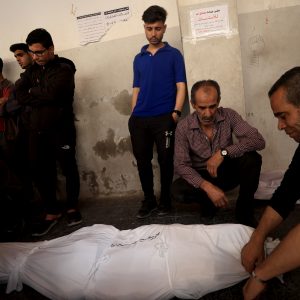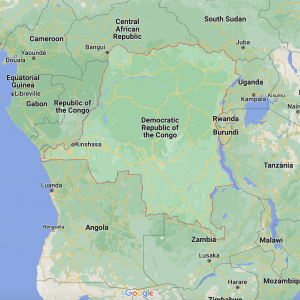Kites, carvings, and culture: Malay heritage on display in Kuala Lumpur
KUALA LUMPUR, Malaysia (MNTV) – A shopping mall in Malaysia’s capital is offering a vibrant cultural experience this Eid with an exhibition spotlighting the rich heritage of traditional Malay arts and crafts.
Pavilion Damansara Heights in Kuala Lumpur is hosting a special “Heights of Traditions” showcase until April 13 to mark Eid ul-Fitr, locally known as Hari Raya.
In collaboration with the World Culture Organisation (WCO), the event highlights rare and intricate works—from hand-crafted kites and traditional wood carvings to miniature village scenes that reflect rural life in Malaysia.
At the heart of the exhibition are 30 colourful wau—traditional Malay kites—meticulously crafted by Azrul Azwan Azmi, also known as Deqwan. Hailing from the northern state of Perlis, Deqwan has been involved in wau-making since 2010 and began working with WCO in 2016. While he has previously exhibited his work at cultural festivals and workshops, this is his first public display in the Klang Valley, Malaysia’s urban hub.
“Exhibiting here is a rare chance to reach new audiences,” says Deqwan. “These kites aren’t just decorative—they have deep cultural meaning. Some were used to signal harvest times or celebrate the changing monsoon winds in northern Malaysia.”
Among the featured designs are Wau Bulan and Wau Jalabudi—both recognised as national symbols. Each piece is decorated with sobek patterns, elaborate floral motifs that elevate the artistry.
Complementing the kite display is an exhibition of traditional Malay wood carvings, curated by artisan and educator Adam Abdul Lateh. A teacher at the National Craft Institute (Institut Kraf Negara), Adam aims to show how this centuries-old craft still resonates today.
“Wood carving is more than just art—it tells stories,” Adam explains. “It’s a philosophical practice about balance and continuity. Where painting is flat, carving is something you can touch, feel, and connect with.”
Some motifs in the carvings have deep symbolic meanings. The awan larat, for instance, represents life’s continuous flow, while tindih menindih tidak menghalang symbolises harmony among overlapping elements. Adam hopes visitors not only appreciate the beauty of the work but also gain insight into its cultural depth.
Also featured are three miniature dioramas built by WCO: Wau Display, Raya Gotong-Royong, and Perkampungan Melayu. These small-scale scenes offer a glimpse into traditional village life, communal celebrations, and the artistry embedded in everyday Malay culture.
The exhibition doesn’t just honour heritage—it also encourages its continuity. Both Deqwan and Adam highlight the role of formal training in keeping these crafts alive. Through institutions like IKN, aspiring artists can turn passion into profession, ensuring that the next generation carries these traditions forward.
Whether you’re a local or a visitor, the “Heights of Traditions” pop-up offers a rich and accessible window into Malaysia’s cultural soul—an invitation to pause, reflect, and celebrate a living heritage that continues to evolve with time.










